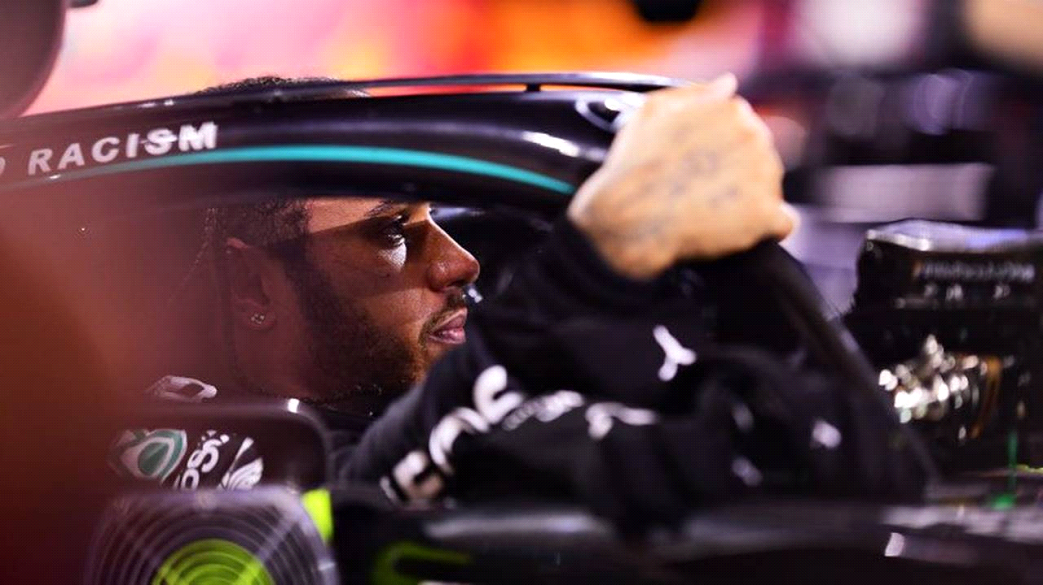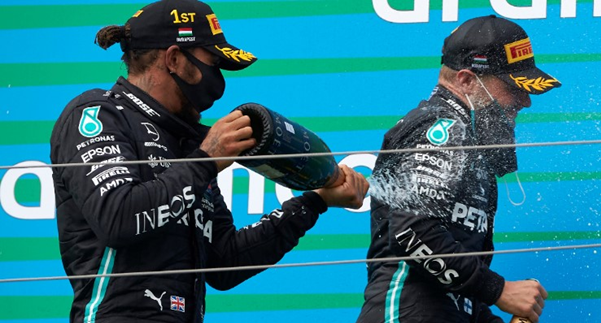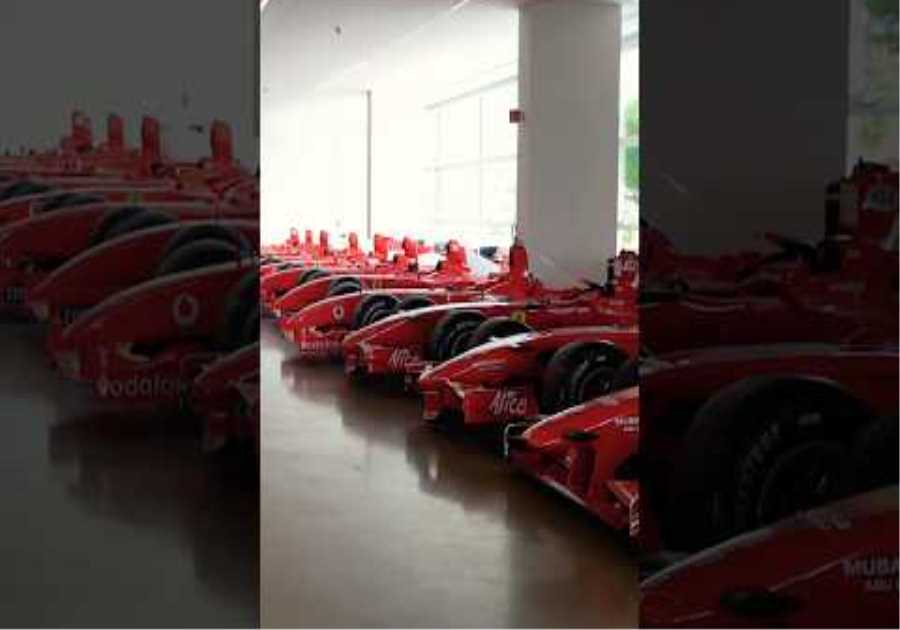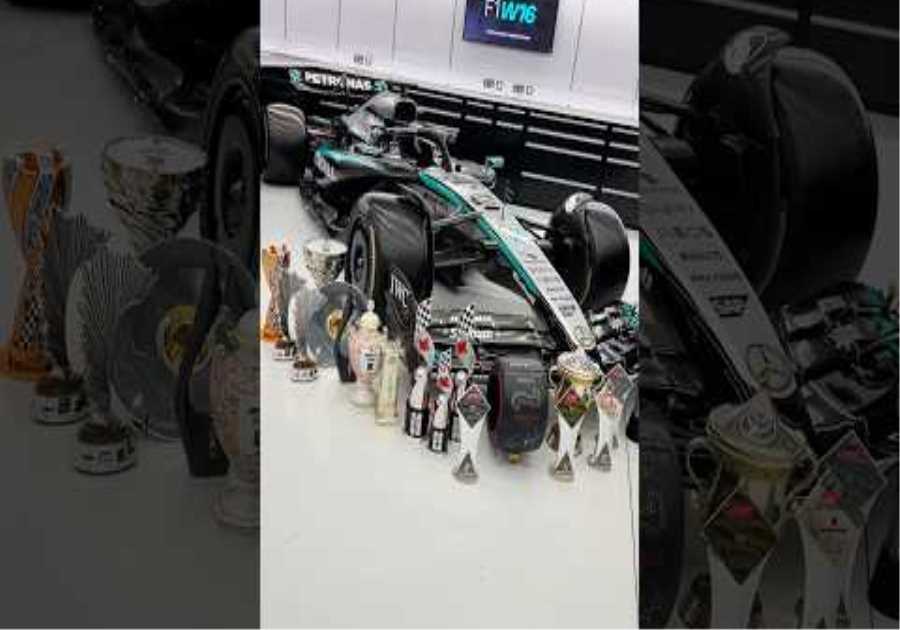
Five races remain in the 2021 Formula 1 season. As you can imagine, much of the focus is on the clash between Lewis Hamilton and Max Verstappen. The former has galloped into the F1 drivers’ championship in recent years and was widely expected to do so this year as well. Verstappen had other ideas, however, and we are now faced with a battle for the F1 drivers’ crown that looks too short, even though Verstappen is currently ahead.
Yet while this couple has provided a – much-needed – piece of drama to draw in the casual motorsport fan, their hostility may have taken some of the glare of the broader media from the performance of Mercedes. If Hamilton has been dominant as a driver for the past half decade, Mercedes has been even more so. 2021 should be the 8th consecutive constructors’ championship. When you bet on F1 you know that the odds were remarkably low at the start of the season, but bookies aren’t that sure right now.
Mercedes F1 clings to the top
Mercedes remains in the driver’s seat – with 23 points ahead of Red Bull (460.5 vs. 437.5). But it’s not as solid as it seems, and it’s way behind last season when Mercedes finished 254 points ahead of their rivals. In all likelihood, Mercedes will stick to it. Still, you shouldn’t rule Red Bull out of winning both the driver and constructor titles.
Indeed, if you listen to some of the words that Mercedes bosses have said over the past few weeks, it can be said that there is a real sense of concern. The problem is that Mercedes has evolved from being the most reliable designer in Formula 1 to (relatively) one of the fewest. The team added more new drivetrain components – and the associated grid penalties – than any other in the sport.
In short, Mercedes is betting on adding power units to the car (there is a limit of three new units that can be added before starting penalties are imposed) hoping to reap the dividends by the end of the season. But at the moment it doesn’t seem to be working.
Grid penalties affect drivers’ chances
The man on the receiving end of these starting penalties was Mercedes number 2, Valtteri Bottas. At the US Grand Prix, he had his sixth new engine installed (double permission) and thus received his third starting penalty. These penalties mean that the driver will start from a lower position than was achieved in qualifying. At the US Grand Prix, for example, Bottas was moved five positions down. At the start of the season, Hamilton received a 10-place penalty.
Mercedes is not used to such setbacks. As I said, the team’s success was based on many pillars, but one of them was high reliability. Bottas has taken more hits than Hamilton this season, but the former’s performances over the past four seasons (finishing second in four consecutive drivers ‘championships) have been an integral part of Mercedes’ dominance as a designer. While Bottas is doing fine (he’s third), he’ll have a hard time getting the points from last season that were achieved in fewer races.

The point in itself is that Mercedes is finally showing signs of weakness. Last season drivers could have a day off or an unexpected event could ruin the team’s chances in an individual race. But those were outliers, and Mercedes would be back at the top by the next Grand Prix. That aura is gone. And it could stay, even if Mercedes holds on and wins the ninth constructors’ championship in a row.
The post Mercedes F1 Crown is really in danger now first appeared on monter-une-startup.





